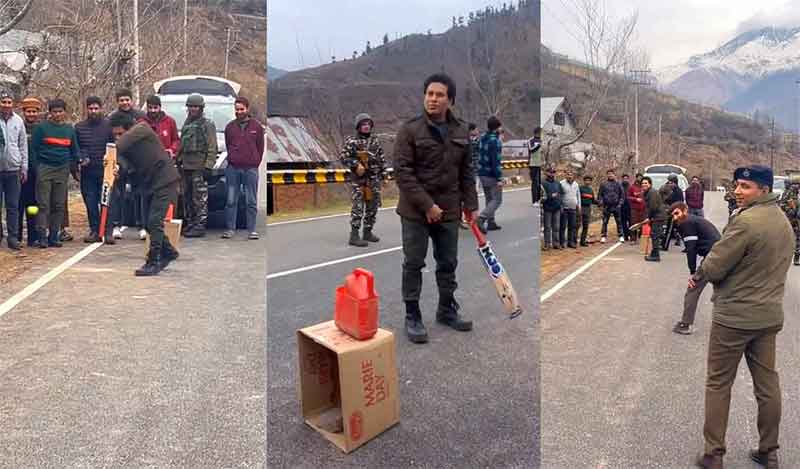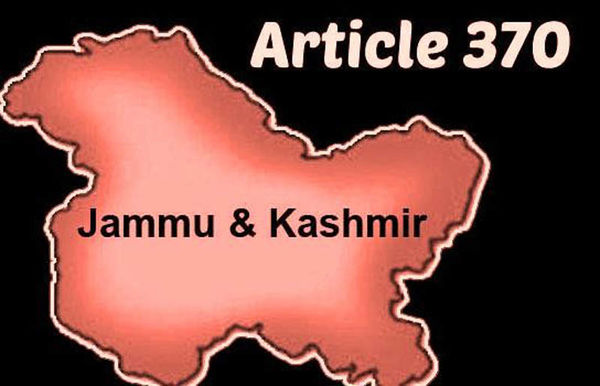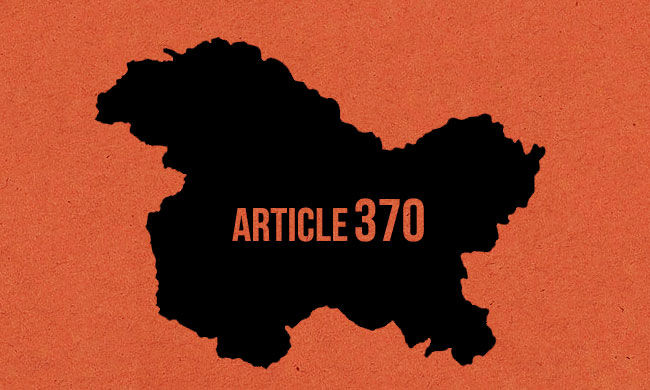
In the words of JL Nehru, “Kashmir is not commodity for sale or to be bartered. It has an individual existence and its people must be the final arbiters of their future”.
As on this week Pakistan and India are celebrating 73 years of their Independence. The partition of Indian subcontinent in 1947 witnessed the end of the British Colonial rule and the subsequent birth of Muslim majority Pakistan and Hindu majority India respectively. However, the horrifying outcome in the whole partition process culminated into the birth of Kashmir dispute which had catastrophic and devastating consequences for Kashmiris in general. The partition left a number of legacies behind but the more catastrophic one is the contested legacy of Kashmir conflict which is lingering from seven decades between the two nuclear and which had claimed hundreds of thousands of lives so far. Not much has changed in the intervening seven decades for those living in the both sides of the divided Kashmir who are stuck in the middle of the violence and upheaval.
Immediately after the partition there started one of the greatest migrations in the annals of the world history, as millions of Muslim’s trekked to west and East Pakistan (now Bangladesh). While millions of Hindus and Sikhs headed towards the opposite direction, many hundreds of thousands never made it to the destined end. History records that both the communities were aggressors and victims and between a million and half people were killed. The honour and dignity of tens of thousands of women were trampled mercilessly. Not only this, the partition led to the overwhelming refugee crisis as well.
Just after six weeks of Mountbatten plan (also known as 3rd June plan) the British government transferred the power to the two countries on 14th and 15th 1947 and Pakistan and India became the Independent Nations. With the Independence act of 1947 the British paramountcy over the princely states lapsed and they become independent and were free to accede either of the two dominions or to remain independent (however the third option always remained theoretical). Generally speaking, at the time of partition there were around 562 princely states. One of the outlined features of the Mountbatten plan was that “the princely states should enjoy the liberty to join either India or Pakistan or ever remain independent. Most of the princely states joined the dominion of India and Pakistan without any major hindrance except three states namely Kashmir, Jaungrah and Hyderabad. Later on Nawab of Jaungrah decided to join Pakistan but India gloated over the democratic credentials and did not care for Nawab’s words and the aspiration of his people and annexed it through military action. The pretext of justification was that Muslim ruler can’t decide the fate of the population. The erstwhile state of Hyderabad which was ruled by Nizam wanted to remain free from the both dominions but suffered the same fate as that of Jaungrah.
The princely state of Jammu and Kashmir at the time of partition was ruled by an autocratic Hindu Monarch Maharaja Hari Singh, whose majority of subjects were not his co-religionists but happened to be the adherents of Islam. Hari Singh preferred to remain independent from both the dominions due to many reasons. From Aug. 15 to Oct. 26 (1947) the state of J&K was free from both the newly formed two nations. However the plans of Maharaja were initially thwarted by an indigenous uprising of what Christopher Snedden calls a ‘Poonch Rebellion’ with active support from across the border, as traditional social links of the Poonch Muslims were far more than with what was new Pakistan than with any part of the state of Jammu and Kashmir. Therefore, during the month of October 1947, Maharaja covetously and without caring from emotions and sentiments of his Muslim subjects signed a temporary instrument of accession, with a condition that Plebiscite would be held and the people of Kashmir will be given the right to self-determination..
Many scholars, academicians, historians and political analysts contest the validity and veracity of the accession agreement on the grounds that the Hindu Maharaja (a monarch per se) ruling over Muslim majority state had no moral and legal authority to the accession document. Alaster Lamb, a well-known historian of modern times in his magnum opus book contests the signature of Maharaja on the instrument document of 26 Oct 1947 .While as Andrew Whitehead, the author of “A Mission in Kashmir” claims, “I tried to see original documents of accession but the Indian state failed to show him.” Some believe that accession actually never happened at all while others call the signatures as forged and fake.
When the first batch of Indian forces flew to Srinagar on 27 October, Mountbatten wrote to Maharaja that as soon as law and order is being restored in Kashmir the question of states accession should be settled by considering the wishes and aspirations of the masses. On 2 November 1947 Indian Prime Minister Jawaharlal Lal Nehru repeated Mountbatten’s assurance in a broadcast, “we have decided that fate of Kashmir is ultimately to be decided by the people of state”. Prior to this, Nehru had even assured the PM of Pakistan, Liauqat Ali Khan on October 31, 1947 that India’s pledge to hold a plebiscite in Kashmir on whether it should accede to India or Pakistan is not merely a pledge to your government but also to the people of Kashmir. Nehru while addressing the Indian Parliament on August 1952 made it clear, “it was inevitable that the princes and others, whoever they might be whether they acknowledge it or not, whether they wanted it or not, it is immaterial and must acknowledge the suzerainty, the sovereign domain of the Republic of India.”
The focal point of the whole debate is that Kashmir issue is an unfinished agenda of partition. It was India and not Pakistan that took the Kashmir dispute to the United Nations. Nothing can be more ironic than the fact that it is India which is averse to the United Nation’s intervention on Kashmir issue. Indian state is now desperate to change the whole narrative of the Kashmir issue. On January 1948 the security council of the United Nations was called upon by the government of India to intervene in Kashmir conflict in order to seek a peaceful settlement to the dispute. On 21 April 1948, the Security Council adopted a resolution 47, which called for an immediate ceasefire in Kashmir and for the withdrawal of the troops of both countries so that the UN sponsored referendum could be held. It further stressed that arrangements should be made and the Kashmiri people should be asked whether they want to stay with India or with Pakistan. Ironically after the lapse of 73 years the Kashmir dispute is caught between the devil and the deep sea and the people are like being hostages to the New Delhi’s highhandedness. .
Since, both India and Pakistan from past seven decades have fought four wars so far which had resulted in the killings of hundreds of thousands of innocent civilians and the destruction of property worth billions of dollars, Indian state in order to kill the dissent in Kashmir had let loose the reign of terror and is following the policy of brutal suppression. It had not worked democratically and positively and had undermined the dozens of UN resolutions which had only made Kashmir’s resolution a far reality. Indian government is using the muscle power from last 73 years and is pushing the oppressed Kashmiris to the dead end. Kashmir dispute have the potential to ignite the flames of nuclear war which will bring disaster not only in the two warring countries but in the whole South Asia. History is witness to the fact that seven decades had passed and the promises made with Kashmiris is yet to be fulfilled.
Sameer Ul Haq did his masters from Department of History, University of Kashmir. He can be contacted at [email protected]
SIGN UP FOR COUNTERCURRENTS DAILY NEWSLETTER














































